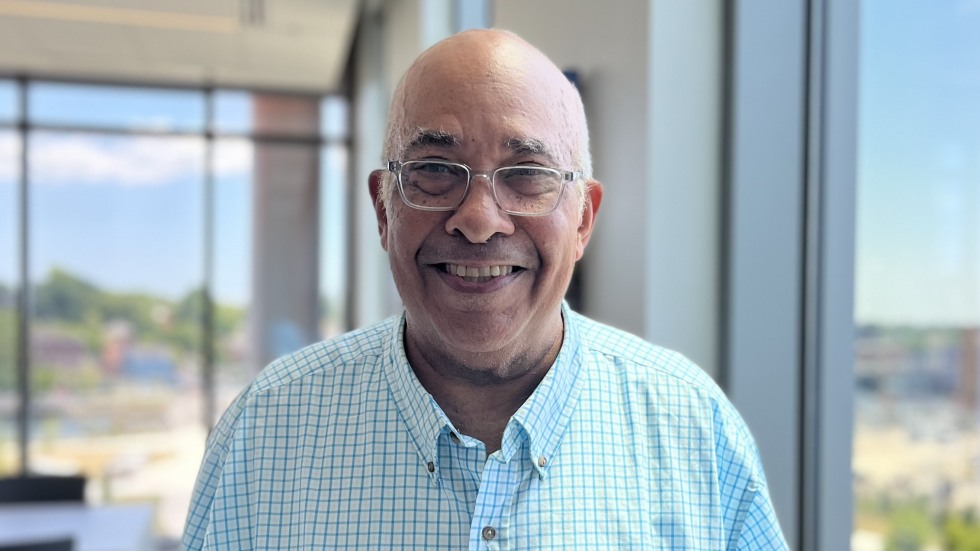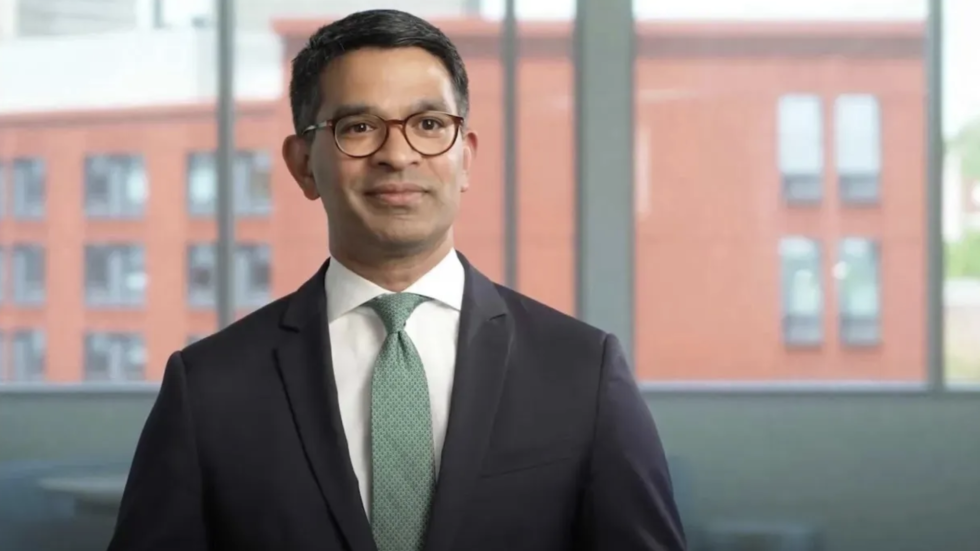5. How has the curriculum that you teach adapted to meet emerging industry trends and demands?
The curriculum I teach is structured into 10 modules, each designed as a management and leadership lesson rooted in real-world events. Every year, I review these modules to ensure they reflect current industry trends. Some remain relevant because they're ongoing, while others serve as historical case studies that illustrate key principles. However, many need to be updated or replaced entirely to address emerging trends.
For instance, last year, the rise of generative AI and tools like ChatGPT caught everyone’s attention. I had to adapt the curriculum mid-course to incorporate discussions on how this technology is transforming industries. Staying informed on technological trends and being agile enough to weave these developments into the learning experience is crucial. It ensures that the content remains relevant and prepares students to engage effectively with the rapidly evolving tech landscape.
6. What unique challenges and rewards come with teaching master’s students and adult learners?
One of the biggest challenges has been adapting to the remote nature of the program. Before joining, I hadn’t had any experience teaching remotely. I initially struggled with this new format and found the face-to-face interactions during the residential periods invaluable. When we shifted back to remote, I had to figure out how to deliver the same quality of engagement. I spent time sitting in on other faculty members' classes to see how they navigated the remote environment and learned from those more experienced in the format. Then, when COVID-19 hit, there was no choice but to adapt further, even for my undergraduate courses. I had to modify content and adjust to managing discussions with 30 people on my Zoom screen. It required a lot of trial and error, but it ultimately improved my ability to teach and connect in this format.
The reward, however, is immense. The opportunity to learn from the bright, experienced professionals in these cohorts has been incredibly fulfilling. Every day, I approach class with the mindset that I have something new to learn from the students. These are individuals who are not afraid to speak their minds and share their perspectives, which leads to rich and engaging discussions. It’s the interaction with these talented professionals that truly makes teaching these courses so rewarding.
7. How has the shift towards online and hybrid learning models affected your teaching approach?
The transition to online and hybrid learning required a lot of adaptation and experimentation. I had to rethink how to structure the modules. We started by publishing cases along with several relevant articles, and then asked students to comment independently on what they had read, drawing connections to their own life and professional experiences.
To enhance engagement and encourage participation, we divided the cohort into teams of five or six individuals. Each week, one team was selected to deliver a presentation to the entire group, simulating a scenario where they were presenting to the board of directors of a company. This approach put the students in the hot seat, requiring them to analyze the case, identify key challenges and offer recommendations as if advising senior leadership on critical decisions. It was a way to blend theoretical lessons with practical, high-stakes problem solving.
This format also allowed students to apply the communication skills they developed in courses like Barbara Tannenbaum’s effective communication seminars. Each student had the chance to participate at a high level, fostering collaboration and ensuring they were well-prepared to convey their ideas confidently and persuasively in a remote environment.
8. How do you foster networking and professional connections among your students?
I consider myself a connector — I’ve spent my entire career bringing people together who I think could benefit professionally from knowing one another. Over the past 40-50 years, I’ve built a substantial network of colleagues, and I always keep my Rolodex in mind when speaking with students. Connecting students to industry professionals or other alumni has become one of my favorite aspects of being part of the technology leadership program, as it facilitates both professional growth and personal relationships.
The technology leadership program, by its very nature, encourages networking, not just among students, but also between students and faculty. After eight years in the program, I maintain close relationships with many of the students — probably on a first-name basis with 20 or 30 of them. I often receive emails from former students seeking advice or connections, and I always make an effort to respond. When I come across new opportunities or professionals that match the interests of a former student, I don’t hesitate to introduce them.
I’m also actively involved with the entrepreneurship program at Brown’s Nelson Center. Through that engagement, I’ve sometimes connected undergraduate students with technology leadership students who have shared interests, sparking potential collaborations. The culture within the technology leadership program is one that naturally fosters networking and connecting individuals with common interests. For me, watching those connections flourish and lead to new opportunities has been incredibly rewarding.
9. Looking back and looking into the future, are you proud of how the School of Professional Studies has evolved and are you excited for the future that comes?
I’m incredibly optimistic about the future because there’s such an explosion of knowledge happening. Reflecting on my time in industry, one of the things that used to frustrate me when we were growing so rapidly was the challenge of staying up-to-date with the latest technological advancements. We were so busy fulfilling commitments to our customers that there was barely any time to absorb the broader changes in the tech world.
Today, with the evolution of executive education, I see a solution to that dilemma. Programs like the master’s in technology leadership offer professionals a chance to stay informed and engage with emerging trends without needing to step away from their careers. Many of our students juggle demanding jobs, families and other commitments, and the challenge is finding time for all of it. But with the right format and delivery methods, professional education is becoming more accessible and less of a burden. I believe the future is bright as we continue to refine and adapt our educational models to meet the needs of busy professionals.
There are many directions the School of Professional Studies could take in the coming years, but what makes Brown’s approach to professional education unique is our distinctive “special sauce.” Brown has always brought something uniquely its own to SPS, setting us apart from other schools. Our faculty is diverse and brings interesting perspectives, and that’s a key part of the program’s identity. As we look to grow, it’s important to do so thoughtfully — to expand in a way that preserves the essence of what makes Brown, and SPS, special.
10. What advice would you give to professionals considering pursuing advanced education today?
My biggest piece of advice is to do your homework. Really dig into the programs you're considering — talk to the faculty, sit in on classes if you can and make sure the investment aligns with your career goals and aspirations. You want to find a program that’s the right match for what you’re looking to achieve. We want every student who comes into a program like this to walk away feeling it was worth every ounce of effort and time they put in.
It’s about being all in and fully committed. When I see our students at the end of the program, it’s clear they’ve embraced the experience. They show up at graduation decked out in Brown gear — hats, shirts, jackets — totally immersed in the Brown culture. It’s a proud moment because it means they’ve found a place where they truly belong. So, take the time to “kick the tires” and ensure you’re choosing the program that will give you that same level of satisfaction and personal investment.

